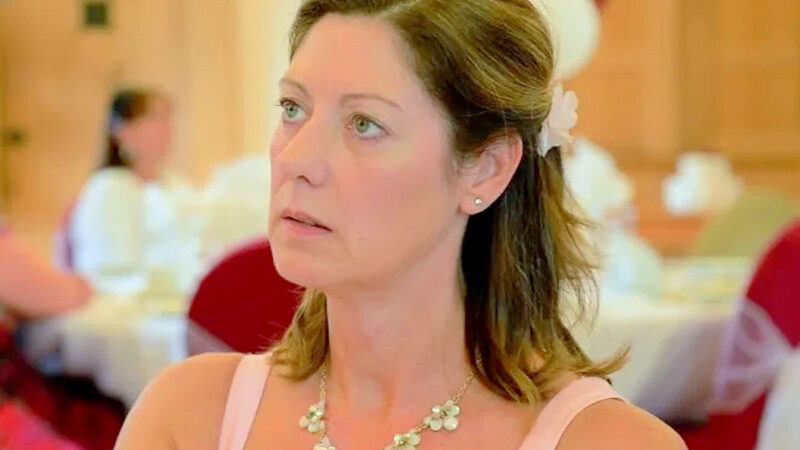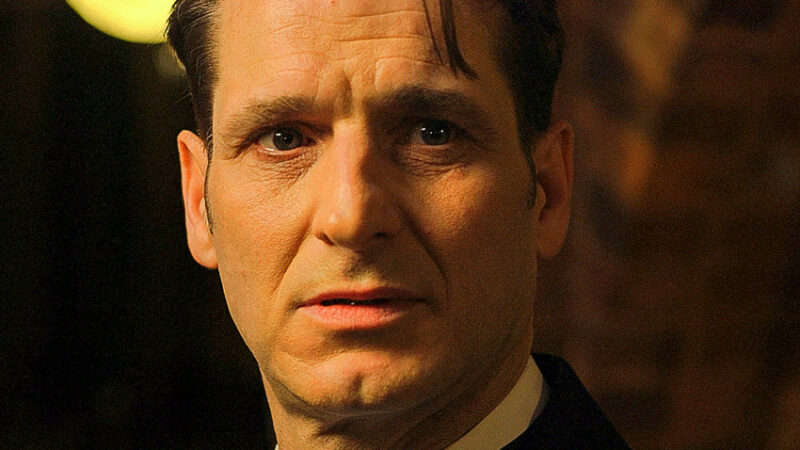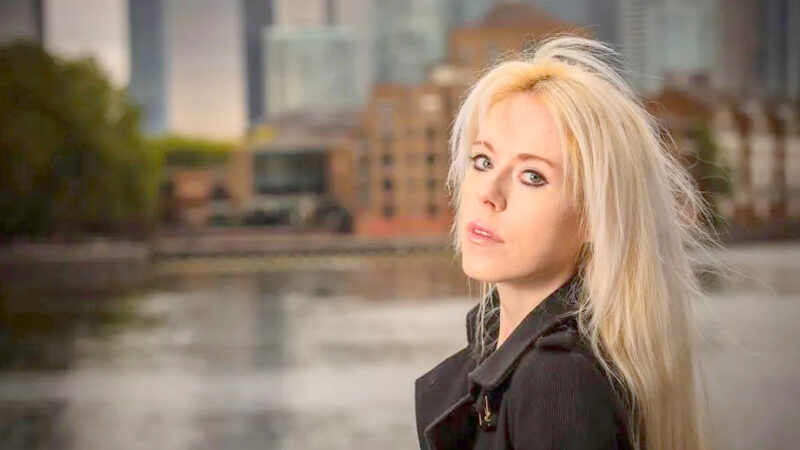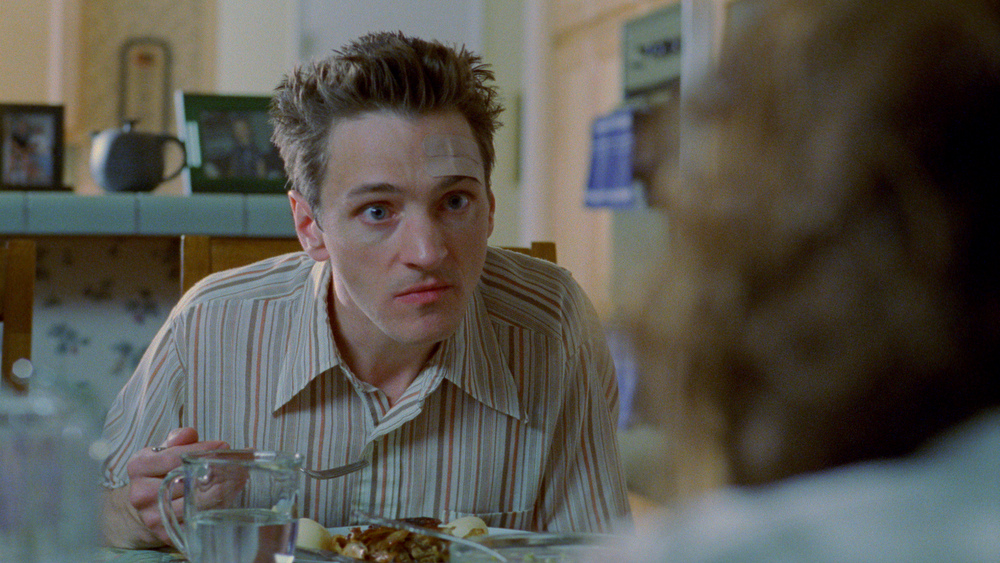
Date: 12 Feb. 2018
Case Study: The Making of Harold Buttleman, Daredevil Stuntman
Filmmaker: Frances Stokes
indieactivity: What is your film about?
Frances: HAROLD BUTTLEMAN, DAREDEVIL STUNTMAN is a comedy about a small town tuxedo salesman who thinks he’s the next Evel Knievel. It stars John Hawkes (Three Billboards Outside Ebbing, Missouri; Oscar Nominee – Winter’s Bone) in his first lead role in a movie, with screen legend Karen Black and Dan Castellaneta (Homer Simpson.)
indieactivity: Tell us about the festival run, marketing and sales?
Frances: We shot the film on 35mm in the waning days of film, and finished it about 15 years ago. We played the festival circuit around 2003-4 and it was kind of a low point for indie comedies. We won several awards, but didn’t get any great offers for distribution. Then I made a web series, “God, Inc.,” about life in the corporate offices of God, that went viral. It was the early days of YouTube, and they came to me and proposed that I put Harold Buttleman up on their site, with a sponsorship deal. It was the first narrative feature uploaded to YouTube, and it was watched over a million times while it was up.
indieactivity: Dramatic Feature
Director: The film was written and directed by Francis Stokes.
Producers: Shereen Hariri produced it. Kevin and Maile Baird, and Stephanie Jane Markham were assistant producers, and Steve and Julie Langley were executive producers. Erik Lundmark and Maria Collis came on board as producers for the new HD release.
Shooting Format: The film was shot on 35mm, with some scenes filmed on mini-DV to look like home movies.
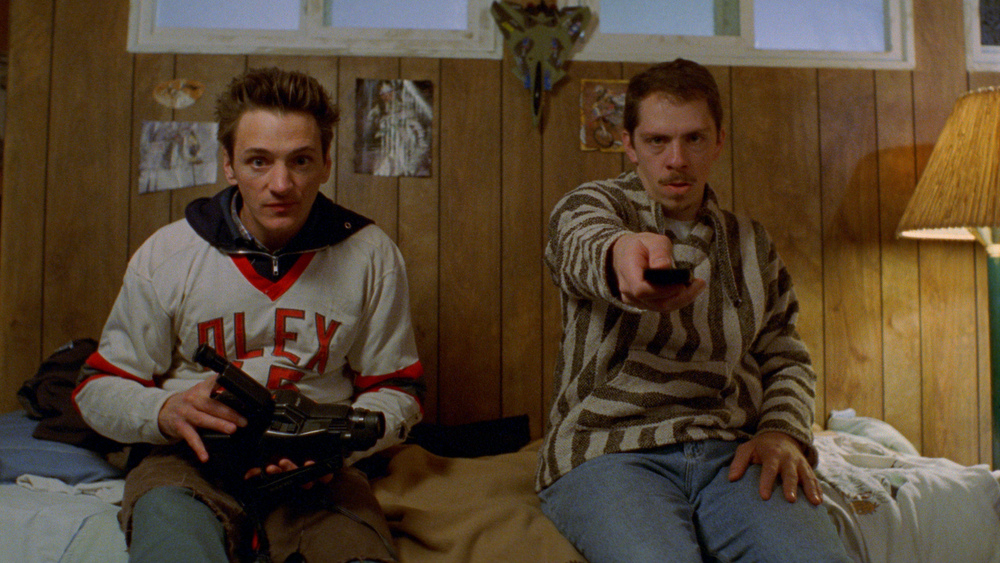
indieactivity: Give the full official synopsis for your film?
Frances: Harold Buttleman (John Hawkes) is a small town tuxedo salesman who thinks he’s the next Evel Knievel. He is on the brink of TV stardom (a 3 a.m. spot on late night cable access) but the life of a daredevil stuntman is harder than it looks. Harold’s parents want him to move out of the basement, and his girlfriend wants him to settle into a career selling bathtub parts. For Harold, it all depends on his big break – he gathers the entire town for his gala premiere celebration, but there’s a surprise in store. An offbeat comedy about following your dreams down a hill in a tractor tire.
indieactivity: Development & Financing?
Frances: This was very much an indie story. I wrote the script while working as a museum guide, giving star talks at Griffith Observatory. I found out John Hawkes was doing a one man show in town, and I walked up to him with a script. John and I took a bunch of meetings, but decided we needed to kickstart it ourselves, and scraped together enough to film for one week. Then, after seeing the footage, Steve and Julie Langley, who were just amazingly supportive, came on board to help us finish it.
indieactivity: Production?
Frances: We filmed for about 3 weeks, with one weekend of pickups. We were a very low budget production. A lot of the locations were our houses. We dressed up a garage for the cable station. We had a scene in a hospital, and I knew there was no way we could afford to permit it, so we just ran inside with a camera and stole it. We had another scene where we were filming a stunt with John rolling down a hill in a tire, and in the movie, they get busted by the police. So we had John in a tractor tire, and an actress dressed as a cop, and a rented police car, but we didn’t have a permit – and the real police showed up and shut us down. Life imitating art. Luckily, we got the shot.
indieactivity: Festival Preparation & Strategy?
Frances: We really didn’t have a strategy for festivals – we just played as many as we could, and I attended as many as I could. John won an award at the Sedona Film Festival (which is about to screen my second feature!) and we an Audience Award at the now-defunct Deep Ellum Film Festival in Texas, as well as a few other awards.
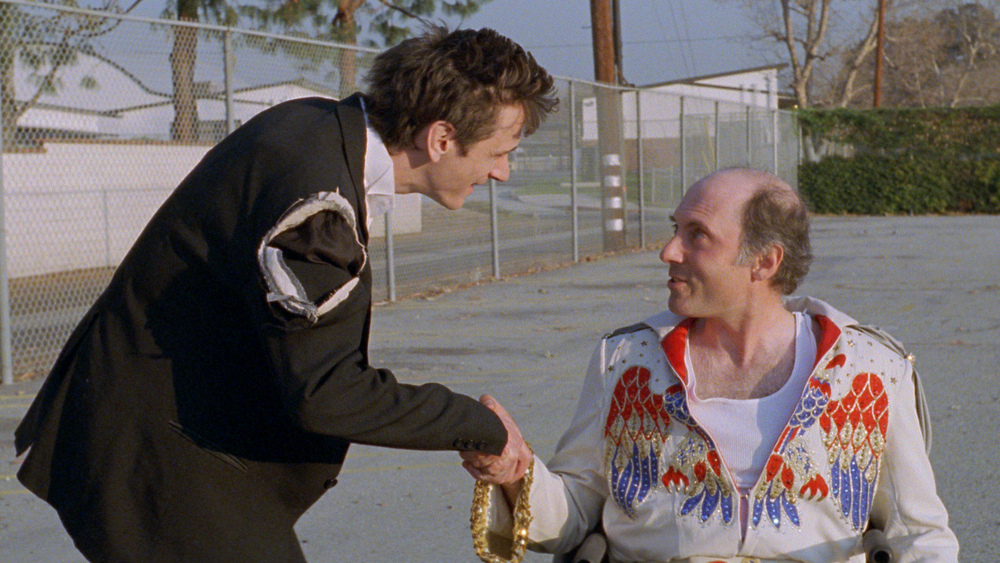
indieactivity: The Release?
Frances: I met a filmmaker at a festival and went to see his movie, and he invited me to the after-party. I ended up sitting with Erick Lundmark and Maria Collis, who were repping the film, and when they learned that I directed this movie, they got very excited. They said they’ve been trying to get the rights to it for years. I told them, “I have the rights!” So we worked out a game plan. The big challenge was that even though we shot on film, we finished on video. On 35mm film, to make a print for festivals, you need to hire a negative cutter, and strike an answer print. It costs thousand of dollars that we didn’t have. So, we finished video, which at the time meant standard def. To release it now, we needed to rescan the film in HD, which meant re-editing the entire movie. It took a while, but it was worth it: you’re really seeing the movie the way it was meant to look, for the first time.
indieactivity: Advice from the Filmmaker?
Frances: Two things: If you’re a writer or filmmaker, focus on your personal voice. That’s your best asset. There’s a lot of temptation to try and give Hollywood what you think they’re looking for, and conform. But your best selling point is your unique voice.
Also, remember to live your life. This industry, now more than ever, is fickle and unpredictable. You need to find something beyond career that you get out of bed in the morning for – whether it’s family, or your love of nature, or your ukulele group. (For me, it’s all three!)
Jack Roper Joins Cast of Bruno Pischiutta’s Mega-Film Project, The Trilogy
British Actor Jack Roper joins Stephanie Tripp, Seven Grant, and Cristina Perez
The Exploding Boy by Monty Wolfe. The Micro-Budget Queer Coming Of Age Comedy
Monty Wolfe delivers an up-beat alternative to reboots, remakes, and sequels.
12 Year Old Actress, Sofia Carvalho: Emerges with a Bright Career Ahead
By Bruno Pischiutta



